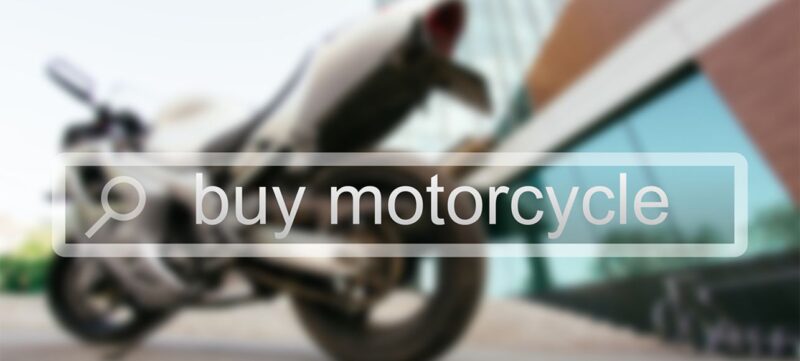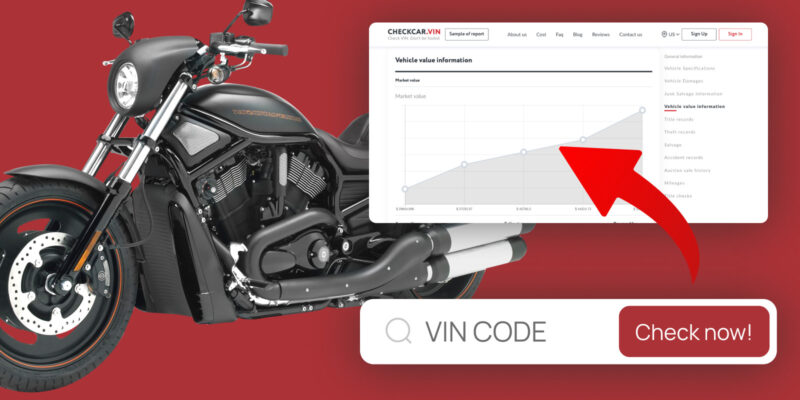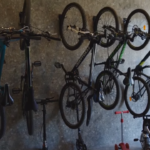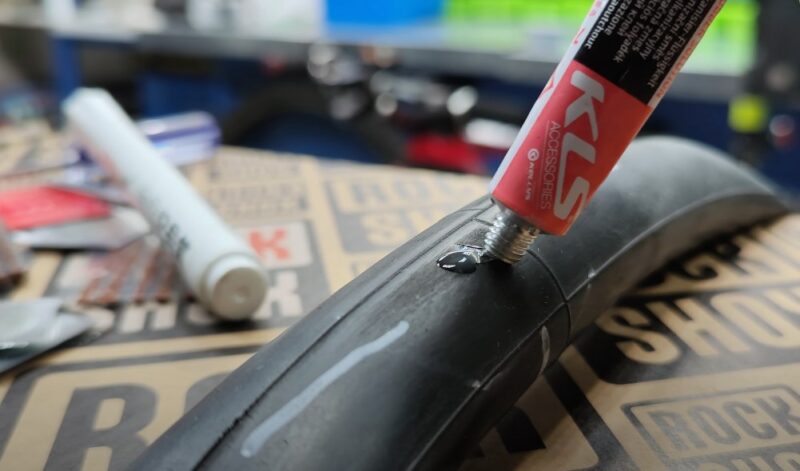
Buying a motorcycle online sounds convenient, right? You browse listings, find the perfect bike, and make the payment without ever leaving your house. But here’s the catch: the internet is full of traps. Between fake sellers, hidden bike damage, and shady deals, many riders have lost their money before ever seeing a motorcycle roll into their garage.
Let’s talk about how to avoid that. If you’re planning to purchase your next motorcycle online, every step you take should be calculated. No shortcuts. No blind trust. The internet gives you access to thousands of bikes, but it also demands that you act smarter than ever before.
Key Highlights
- Seller identity must be verified through direct communication and available records.
- Requests for timestamped images and videos reduce the risk of fake listings.
- VIN reports reveal accidents, theft, and title issues instantly.
- Payment should only happen through safe, traceable systems with legal backing.
- In-person or third-party inspections prevent costly surprises.
- Emotional stories and unusually low prices usually signal a scam.
Start by Verifying the Seller’s Identity

Before you ask about the engine or service history, start with the person behind the listing. Is this someone who owns a motorcycle or someone using stock photos and hoping you’ll send money without asking questions? That’s where most scams begin—with a buyer who’s too excited to double-check the basics.
Ask for full contact details: name, phone number, and some form of official ID. Ask where the motorcycle is located. If the seller hesitates, becomes defensive, or tries to explain why they can’t provide that information, you’re probably not dealing with someone trustworthy.
You’re not just buying a machine—you’re entering into a transaction with a real person. That means they must be willing to answer questions and prove they own the bike. You don’t need to be rude or accusatory. Just be firm. You’re protecting yourself, not offending anyone.
Reverse-search the photos from the ad. If they appear on multiple listings or across different sites with different seller names, it’s a fake.
A real seller will gladly hop on a video call or record a short clip of the bike running. Ask them to say your name during the video. It’s a small step, but it proves they actually have the motorcycle in their possession.
Use Technology to Confirm Credibility
The internet can help protect you—if you use the right tools. While it’s easy to fall for convincing language, many scammers and fake sellers rely on text they didn’t even write themselves.
If a description feels off or overly polished, copy and paste it into the chatgpt detector. This tool uses DeepAnalyse™ Technology, combining linguistic pattern analysis with data modeling to reveal whether text was generated by artificial tools or written by a human. It’s been trained on vast collections of educational materials, online conversations, and synthetic content from platforms like GPT, Gemini, and LLaMa.
Why does that matter for a bike purchase? Because many scams are now automated. They use artificial tools to write messages and listings that appear professional. If the detector shows high likelihood of synthetic text, you might be dealing with a bot or a scammer hiding behind one.
Technology won’t make the decision for you. But it gives you one more reason to ask more questions—or walk away.
Get Specific About the Motorcycle’s Condition

Don’t just ask if the motorcycle “runs well” or if it’s in “great condition.” Push for specifics. How many miles since the last oil change? When was the chain last adjusted? What service shop handled the last check-up?
You don’t need to be a mechanic to ask important questions. You’re just asking the seller to be transparent. Anyone serious about selling a motorcycle should have some record of service—receipts, logs, or at the very least, a detailed memory of when things were done.
Ask if the bike has been involved in any accidents or collisions. Many won’t admit it unless you ask directly. Ask if parts have been replaced. Has the engine been opened? Were any performance modifications added?
These questions aren’t just about mechanics. They help you understand how the motorcycle was treated. A clean, original bike that’s been regularly serviced and stored correctly will hold up better than one that’s been modified and abused.
Run the VIN Report Before You Touch Your Wallet

The VIN—the Vehicle Identification Number—is your best weapon. With this number, you can unlock a history report that shows everything the seller might want to hide.
You’ll see:
- Accidents and reported damages
- Previous owners and transfers
- Title status (clean, salvage, rebuilt)
- Whether it was reported stolen or recovered
If the seller refuses to share the VIN, stop there. They’re hiding something, and it’s probably not minor. If they do provide it, verify that it matches the number stamped on the bike’s frame or engine block—once you see it in person or via a detailed video.
Sites like CycleVIN or AutoCheck give you access to this data instantly. It’s a small investment that could prevent a major financial disaster.
Payment Must Always Be Traceable
Wiring money or sending cash is a massive risk. The moment your funds disappear into a personal account or a shady transfer service, you lose leverage.
Escrow services are the safest method for large transactions like this. The buyer deposits money into a neutral account. The seller ships the motorcycle. The funds get released only once the bike arrives in good condition. If anything goes wrong, you can freeze the transaction.
If you use PayPal, make sure it’s for an eligible purchase type. Some seller-to-seller transactions don’t qualify for protection. Always read the fine print.
A proper bill of sale is essential. It’s not just about confirming payment—it’s about documenting the exact motorcycle, sale conditions, and both parties’ agreement. It will protect you in court if something goes wrong.
Final Thought: Take Your Time, Protect Your Money
Buying a motorcycle online isn’t a gamble if you stay alert and stick to facts. Never assume trust. Ask questions. Cross-check information. Use tools to help you decide what’s real and what’s not. The bike you want is out there—but it’s only a good deal if you don’t lose sleep or money chasing it.
Online shopping can open doors. But only if you protect yourself at every stop.







